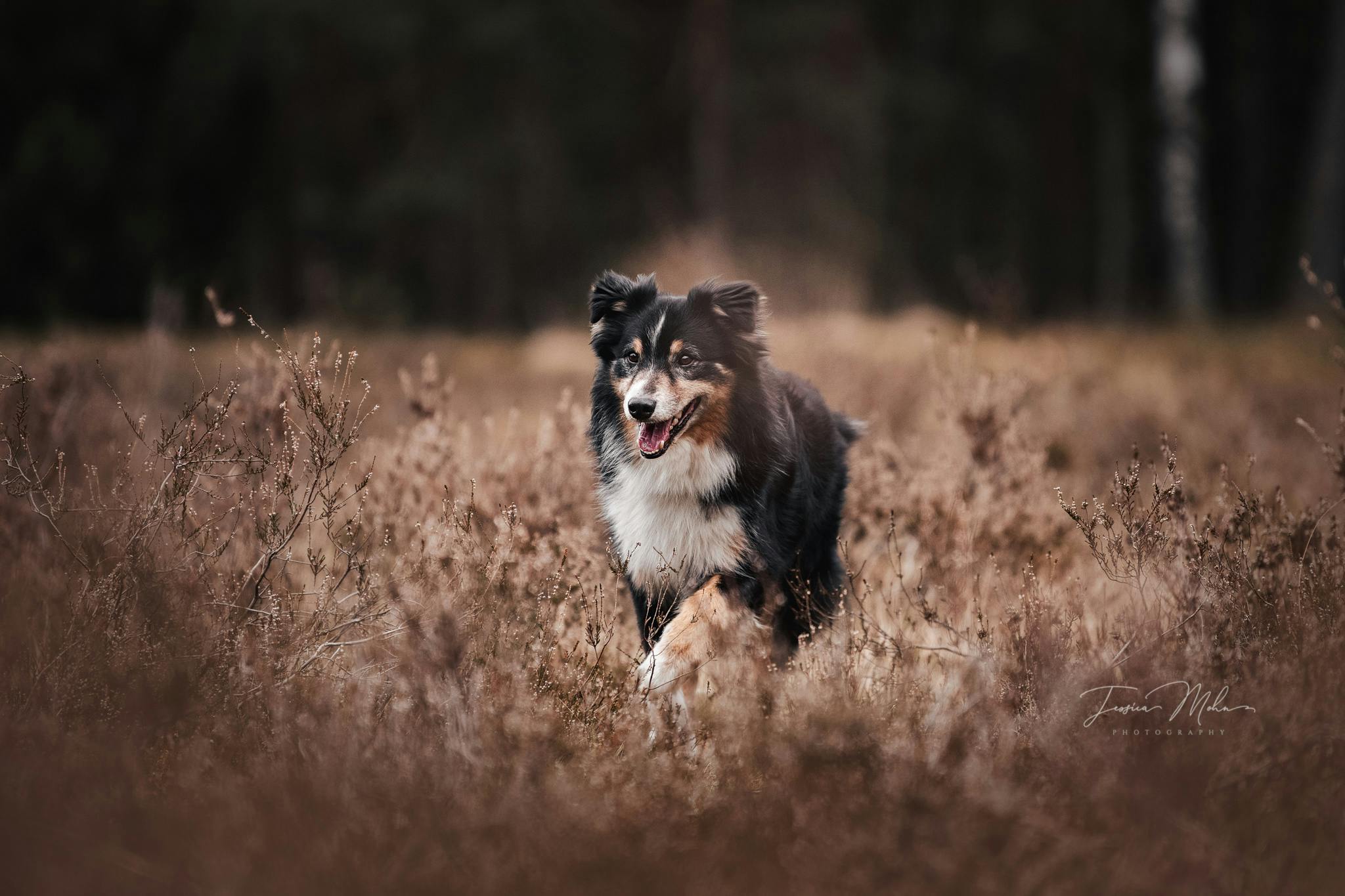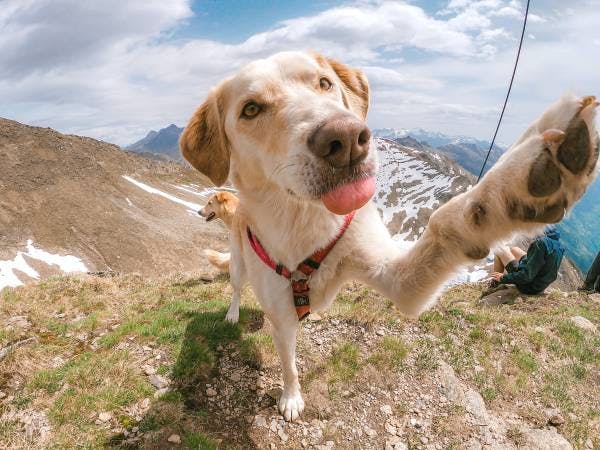Understanding Your Dog's Body Language
Dogs are fascinating creatures that primarily communicate through their body language. As a dedicated dog owner, it is invaluable to recognize and understand the subtle signals of your four-legged friend. This not only strengthens the bond between you but also helps to avoid misunderstandings and identify potential problems early on.

1. Ear Position
- Upright Ears: Your dog is alert and curious. They are actively perceiving their environment and are ready to respond to stimuli.
- Laid-back Ears: This can be a sign of submission, insecurity, or fear. Your dog might feel uncomfortable or threatened.
- Sideways Ears: An indication of stress or discomfort. Observe other body signals to better assess their feelings.
2. Eyes
- Wide Open Eyes: Your dog is vigilant or might feel threatened. Pay attention to the environment to identify possible triggers.
- Blinking or Half-Closed Eyes: A sign of relaxation and wellbeing. Your dog feels safe around you.
- Staring Gaze: Can be interpreted as a challenge or warning. It is important to take these signals seriously and respond respectfully.
3. Tail
- High, Wagging Tail: Expression of joy, excitement, or sometimes dominance. Context matters.
- Tail Tucked Between Legs: Your dog is scared or feels insecure. They might seek protection or reassurance.
- Stiff Tail: A sign of tension. Your dog might be ready to react to a perceived threat.
4. Body Posture
- Relaxed Posture: Weight is evenly distributed, muscles are loose. Your dog feels comfortable and secure.
- Leaning Forward Posture: Expression of interest, excitement, or dominance. They are ready to act or play.
- Crouched Posture: Sign of submission or fear. Your dog tries to make themselves small and avoid conflict.
5. Mouth and Teeth
- Open Mouth with Relaxed Tongue: Your dog is relaxed and content. They are enjoying the moment.
- Yawning: Can relieve stress or signal discomfort. It is not always a sign of tiredness.
- Baring Teeth: A clear warning. Your dog feels threatened and wants to create distance.
6. Vocal Signals
- Barking: Versatile communication tool—from joy and excitement to warnings. Tone and intensity give clues to the exact meaning.
- Growling: A clear warning signal. Respect your dog's space and try to find the cause of their discomfort.
- Whining: Expression of discomfort, pain, or desire for attention. Your dog might need something or want to communicate something.

Combination of Signals
Dogs often communicate through a combination of several body signals. A wagging tail doesn't always mean happiness, especially if the rest of the body is tense. It's important to consider the whole picture.
Example:
A dog with a stiff body, fixed gaze, and slowly wagging tail might be tense and reacting to a potential threat. Caution is advised in such situations.
Practical tips for interpreting body language
- Observe your dog in different situations: The better you know your dog's normal behaviors, the easier it is to recognize deviations.
- Pay attention to the context: The environment and current events influence your dog's body language.
- Respond appropriately: If your dog shows signs of stress or fear, provide security and avoid pushing him.
- Positive reinforcement: Reward relaxed and desired behavior to strengthen positive associations.
- Patience and understanding: Every dog is an individual with their own experiences and personalities.
Common misunderstandings
- "A growling dog is always aggressive": Growling is often a warning signal telling you that your dog is uncomfortable. It's important to respect this signal rather than punish it.
- "A wagging tail always means the dog is happy": The speed and position of the tail provide insight into the actual mood. A stiff, quickly wagging tail can signal excitement or tension.
- "Dogs who roll onto their backs want to be petted": Sometimes dogs show submission or feel threatened this way. Pay attention to other signals before acting.

The importance of socialization
Good socialization helps your dog be more confident in different situations and communicate appropriately. Through positive experiences with people, animals, and environments, your dog learns to use and interpret its body language effectively.
When professional help is advisable
If you are uncertain about interpreting your dog's body language or if he displays problematic behaviors, consulting a professional dog trainer or behavior consultant can be helpful. They can provide individual advice and help make living together more harmonious.
Conclusion
Understanding your dog's body language is an ongoing process that requires attention and empathy. By closely engaging with his behavior, you foster a deep connection and mutual understanding. This contributes to a happy and fulfilling life together.

How Old Is My Dog?
If you’re like many dog owners, you might wonder about your furry friend’s age from time to time. Whether you’ve adopted a dog from a shelter, been given a dog by a friend, or just want to be sure you’re providing the best care for your pet, knowing your dog’s age is important. In this post, the Dogo App explored different methods to help you estimate your dog’s age, from looking at physical signs to considering their behavior and overall health.

How to Keep Your Pet Happy and Active – Even During Winter!
Winter is here, the days are shorter, and temperatures are dropping. While we often cozy up with a blanket and a cup of tea, our pets still need activity and stimulation to stay happy and healthy. But how can you keep them engaged when the weather outside is less than inviting? We’ve got the best tips for you – whether you’re caring for an energetic dog or a curious cat!
Latest
From our blog
The latest industry news, interviews, technologies, and resources.